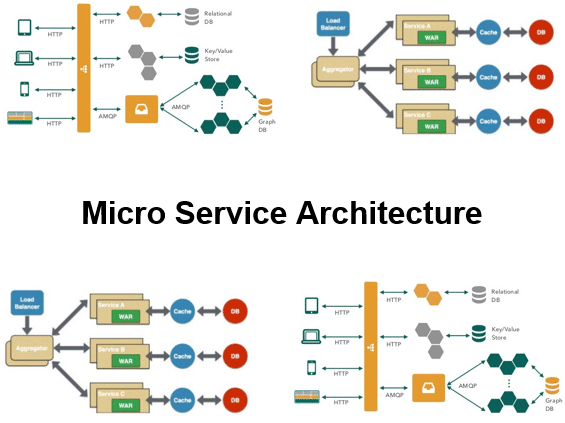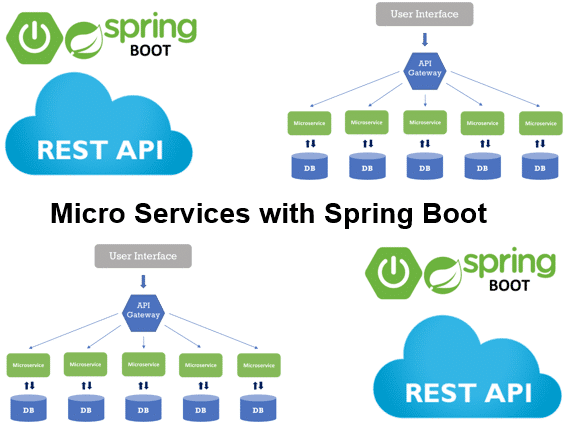-
Learning by doing
-
Trainers with practical experience
-
Classroom training
-
Detailed course material
-
Clear content description
-
Tailormade content possible
-
Training that proceeds
-
Small groups
Microservices are the fundamental building blocks of a Microservices Architecture. In this architectural style a large application is built from a series of smaller services, each with its own process and linked via lightweight communication mechanisms such as HTTP or messaging. Microservices can be deployed independently of each other and the same team is fully responsible for the implementation and functioning of the microservice. SpiralTrain offers various classroom microservices training courses on microservices architecture and implementation. Visit our LinkedIn, Facebook or Instagram page for an impression of SpiralTrain. Click on the links below for more information about the courses and the schedule.
 |
Course Microservices Architecture
Code:
ADE900
First start: 15-05-2024 |
3 days | € 1999 |
 |
Course Microservices with Spring Boot
Code:
SPI500
First start: 12-06-2024 |
3 days | € 1999 |
The microservice architecture is a response to the monolithic architecture. In a monolithic architecture the software is designed to stand alone. Components of an application are interconnected and interdependent rather than loosely coupled as is the case with modular applications. In a monolithic architecture each component and its dependent components must be present in order to run or compile the code. A monolithic application must also be deployed as a whole.
The boundaries of a microservice are determined by the organizational structure of the company for which the application is developed. These boundaries are determined when defining Microservices. The model of an organizational unit is also called a ‘Bounded Context’. Software that focuses on this context has the advantage that it does not easily conflict with the surrounding context. Teams thus become responsible for an organizational unit. If data has to be exchanged, this means that teams have to communicate to determine the shared information. This shared information is also known as the ‘Shared Model’.
To realize functionality microservices must communicate with each other through Inter Process Communication (IPC). Selecting an IPC mechanism for a microservice requires careful analysis of how the services interact. We can distinguish between 1 on 1 communication or 1 on many communication. Another distinction is synchronous or asynchronous communication. The HTTP protocol lends itself well to synchronous communication, while messaging should be considered for asynchronous communication.
Since microservices communicate with each other via established interfaces, there are no requirements for the technology that the microservice uses. In principle the language in which a microservice is implemented is freely selectable, as is the database or user interface that the microservice uses.